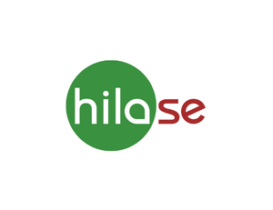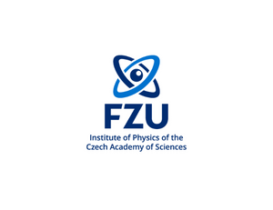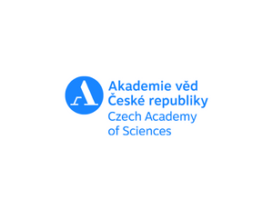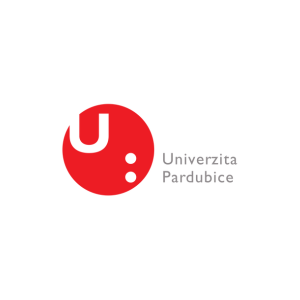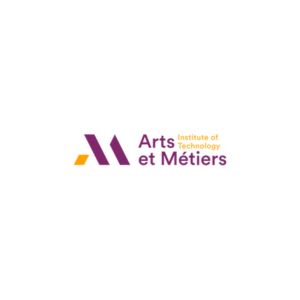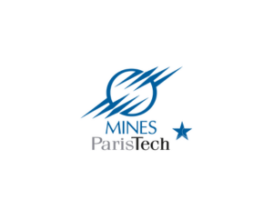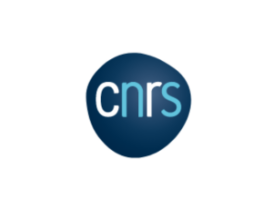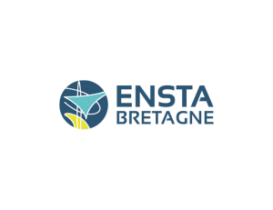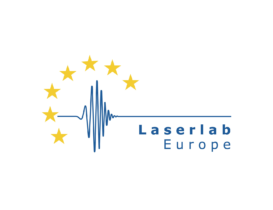Space debris population is causing congestion of the so-called low earth orbits (LEO) and their removal becomes more and more sought after. A viable scenario to eliminate the smaller debris of LEO is to make them disintegrate by making them re-enter the atmosphere.
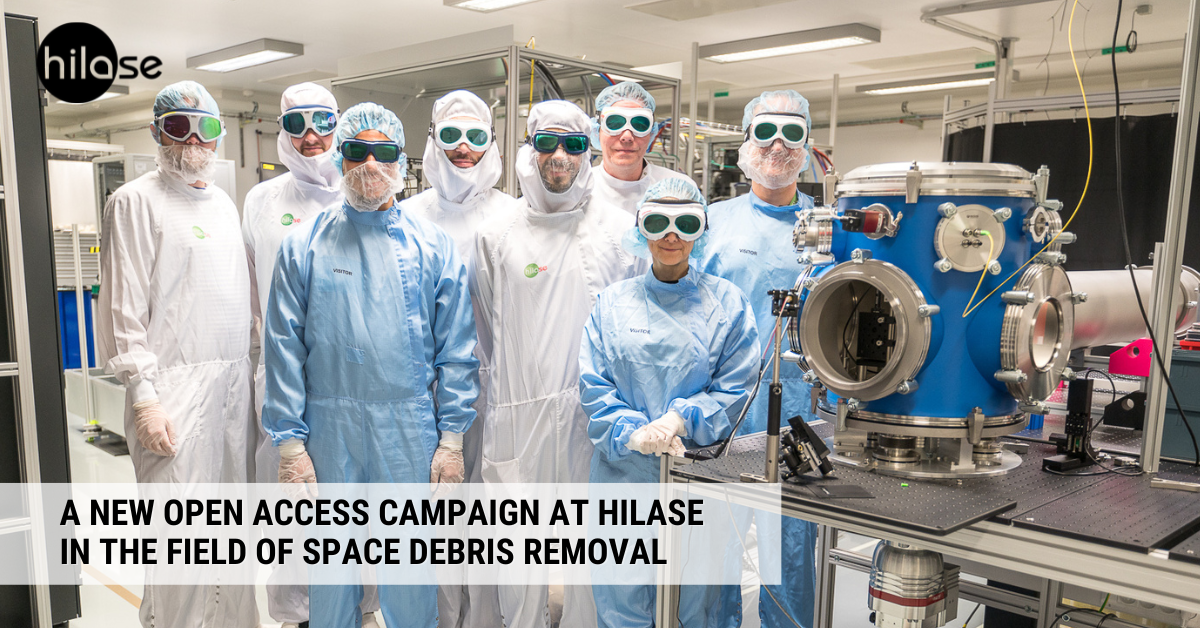
Laser-induced ablation of the debris can help and it is important to quantify the momentum that can be imparted to the targets (debris) of different compositions in order to find the most efficient laser parameters.
In the frame of the HiLASE Open Access program, such a study was performed on the HiLASE BIVOJ beamline (100 J, 10 ns @ 1030 nm) between the 22nd of May and the 2nd of June 2023. This was led by Dr. Séverine A. E. Boyer from CNRS (France), in collaboration with Dr. Claude R. Phipps from Photonic Associates (USA), the CNES (France), the ENSTA-Bretagne (France), Mines Paris-Tech (France), ENSAM (France), Pardubice University (Czech Republic) and the HiLASE Centre.
The main goal of this experiment was to investigate the laser irradiation regimes that lead to an optimal thrust of the exposed targets in the framework of space debris removal and laser-space propulsion.
Researchers who participated in the experiment:
-
- Séverine Boyer, CNRS / Mines-Paristech (France)
- Claude Phipps, Photonic Associates (USA)
- Mohamed-Nour Azzougagh, Mines-Paristech (France)
- Michel Boustie, CNRS-PPRIME (France)
This Open Access activity was supported by Laserlab-Europe funding.
- Michel Arrigoni, ENSTA Bretagne (France)
- Matthieu Schneider, Arts et Métiers ParisTech – École Nationale Supérieure d’Arts et Métiers (France)
- Stefan Scharring, DLR (Germany)
- Julien Le Clanche, ENSTA Bretagne (France)
- Jiří Pachman, Pardubice University (France)
- Christophe Bonal, CNES (France)
- Ondřej Denk, HiLASE Centre
- Martin Divoký, HiLASE Centre
- Martin Hanuš, HiLASE Centre
- Yoann Levy, HiLASE Centre
- Petr Navrátil, HiLASE Centre
- Tomáš Paliesek, HiLASE Centre
- Jan Pilař, HiLASE Centre
- David Vojna, HiLASE Centre
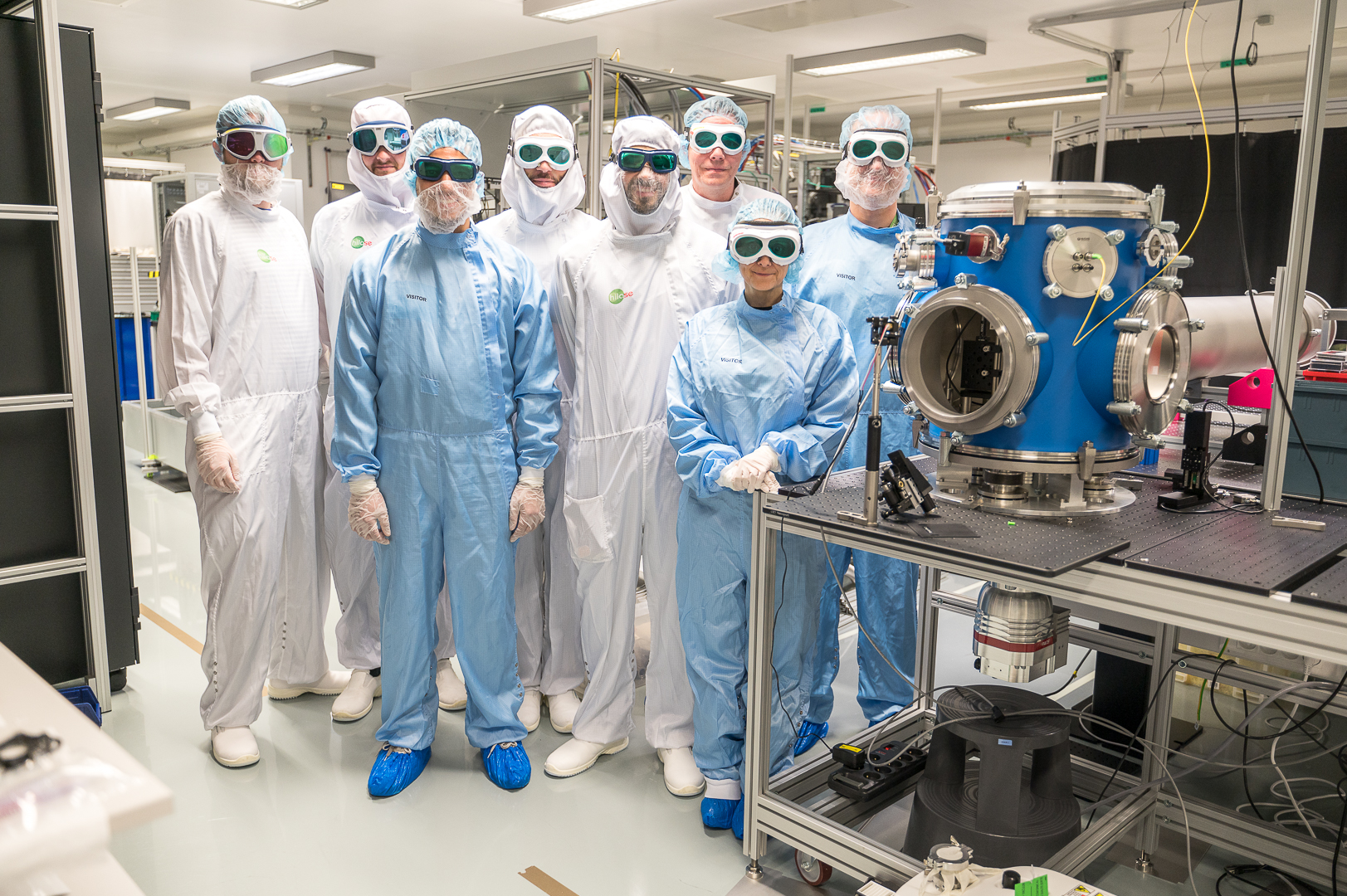
A thank you to the HiLASE Centre Engineering and Technical Support is also in order, namely to:
- Jan Heřmánek
- Karolina Macúchová
- Tomáš Tichý
- Václav Němec
- Pavel Crha
This Open Access activity was supported by LaserLab-Europe funding.
About Laserlab-Europe
Laserlab-Europe, the Integrated Initiative of European Laser Research Infrastructures is a consortium that currently brings together 35 leading organisations in laser-based inter-disciplinary research from 18 countries. Its main objectives are to maintain a sustainable inter-disciplinary network of European national laboratories; to strengthen the European leading role in laser research through Joint Research Activities; and to offer access to state-of-the-art laser research facilities to researchers from all fields of science and from any laboratory in order to perform world-class research.


